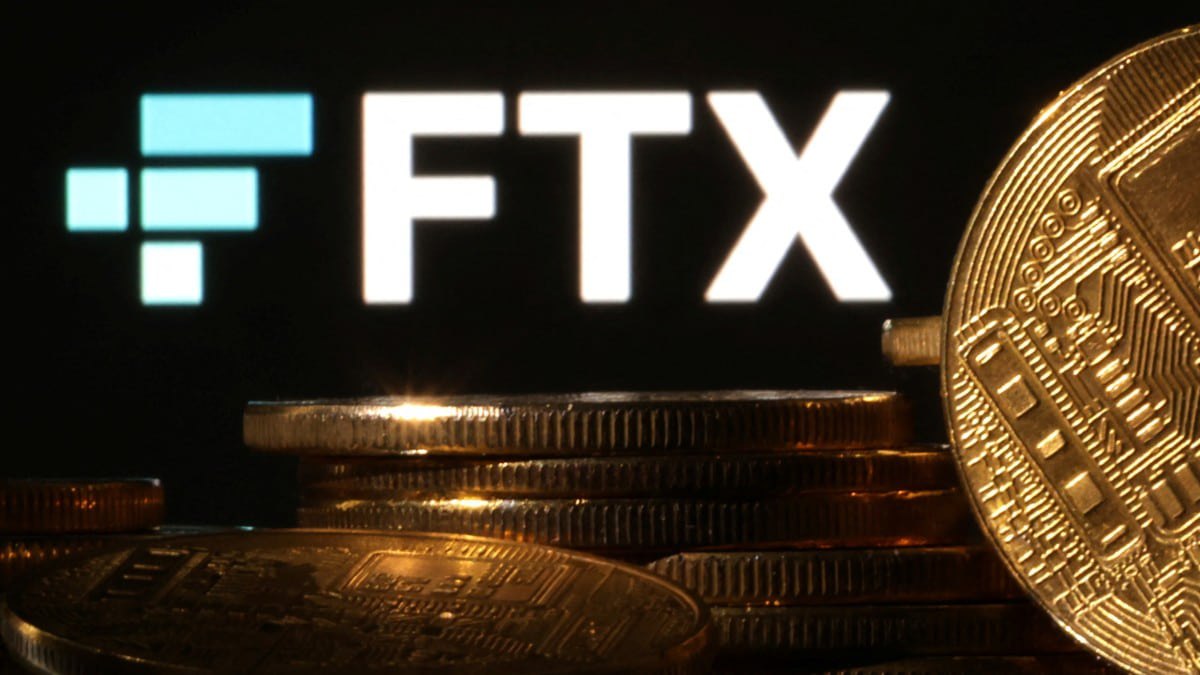FTX has begun the process of distributing funds to creditors under its Chapter 11 Plan of Reorganization. The plan, effective as of January 3, 2025, marks a major step in resolving the fallout from the cryptocurrency exchange’s collapse in November 2022.
The initial record date for holders of allowed claims in the Plan’s Convenience Classes was also set for January 3, with further dates for other creditor classes to follow.
FTX Initial Distributions to Begin Within 60 Days
According to FTX Debtors, the initial payments to the creditors in the Convenience Classes will be made within 60 days from the effective date of the plan. As per the release, distribution claims for these assets must also adhere to specific criteria such as the KYC process and tax filing.
Similarly, the holders of allowed claims shall have up to January 20, 2025, to meeting the pre-distribution conditions. These are filing of tax forms, choosing of Distribution Service Provider and performing of sanctions checks. Submissions made after the deadline will not be included in the initial distribution but will be included in subsequent distributions.
The FTX Debtors Plan of Reorganization is effective today, January 3, 2025. Today is also the initial distribution record date for holders of allowed claims in the Plan’s Convenience Classes. Separate record and payment dates for other classes of claims will be announced later.
— FTX (@FTX_Official) January 3, 2025
FTX has developed a Customer Portal where creditors are taken through a step by step procedure of eight steps with step 8 involving the selection of Distribution Service Provider. At the moment, there are only two providers, Kraken and BitGo, however, both of them have certain jurisdictions.
Distribution Service Providers and Payment Options
Payouts will be processed by Distribution Service Providers BitGo and Kraken, which will support several fiat and crypto options. As for the withdrawal, both providers enable creditors to make the withdrawal in U.S. dollars or request conversion of the distribution to digital assets.
For FTX US residents, BitGo provides ACH transfers, wire transfers, and the option to buy digital assets such as stablecoins. Kraken has similar functionalities with extra options for SWIFT and SEPA depending on the rules of the region.
However, some jurisdictions are prohibited. For instance, BitGo is prohibited from operating in New York, and Kraken is forbidden from operating in New York, Washington, and Maine. If a jurisdiction of a creditor is not sustainable, distribution will be held until other measures are put in place. Under the reorganization plan, $6.5 billion is set aside for addressing claims submissions dispute.
Further adjustments to this reserve amount will be made by the Plan Administrator as and when the disputes are settled. Moreover, the Plan Administrator will also be responsible for overseeing future FTX distributions. These will be financed by the cash that will be available after all the reserves are created and worked on pursuant to the Plan of Reorganization.
FTX Claims Based on November 2022 Asset Prices
The amount creditors receive will be based on the value of their assets at the time of FTX’s collapse in November 2022. For instance, Bitcoin was valued between $15,000 and $17,000 during that period, significantly lower than its current price of around $100,000.
Despite this, FTX’s timeline for distributions is considerably faster than previous cases in the cryptocurrency industry. For example, customers of the Mt. Gox exchange, which collapsed in 2014, are still receiving payments after over a decade.
FTX’s debtors announced in December that they had between $14.7 billion and $16.5 billion available for distribution. Under the plan, approximately 98% of creditors are expected to recover 119% of their allowed claims.
Disclaimer: The presented content may include the personal opinion of the author and is subject to market condition. Do your market research before investing in cryptocurrencies. The author or the publication does not hold any responsibility for your personal financial loss.











✓ Share: